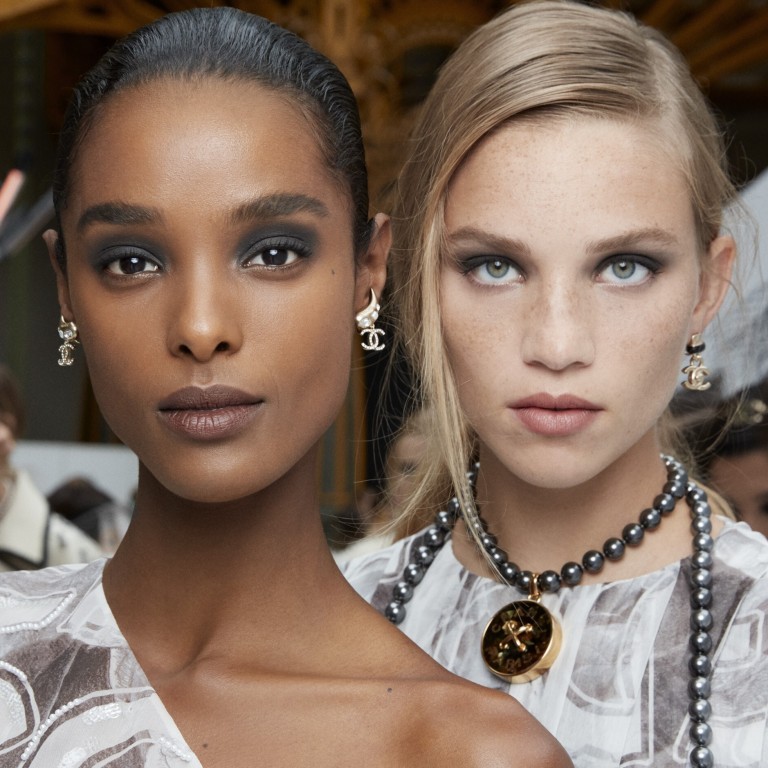
Fashion trends in 2021: Dior vs Chanel, Chinese buyers vs local customers, and even more athleisurewear
- Major luxury fashion markets that used to depend on shoppers from overseas will lavish attention on local customers as they wait for Chinese clients to return
- Loungewear’s rise will accelerate, more will consider rented or second-hand luxury, and Dior’s competition with Chanel will only deepen
This year has been like no other in recent memory.
The coronavirus pandemic has had a huge impact on every sector of the global economy in 2020, accelerating trends that were already changing the way we consume everything from clothes to food.
A recent report from consultancy McKinsey and fashion trade publication Business of Fashion revealed an astonishing 90 per cent decline in profits for the global fashion industry in 2020, the sector’s worst year on record.
With the help of trusted experts, we take a look at some of the key issues that have affected the industry this year and are likely to be some of the most talked-about topics well into 2021 and beyond.

Local currents
Amid travel bans imposed by countries during the pandemic, tourist-driven markets such as the UK, France, Italy, Hong Kong and Singapore, whose luxury retail stores have always relied on a steady influx of shoppers from China and other emerging markets, have had to pivot to the previously forgotten local customer.
World’s biggest shopping streets face a dismal end to a bad year
“I believe that all the major brands are correctly making efforts to cultivate their local clientele in all the geographies,” says Mario Ortelli, luxury adviser and managing partner of Ortelli&Co.
“Clearly, given the size and growth of the Chinese market, the lion’s share of their investments is focused on China, but no brand can afford to lose relevance with American, European, Japanese, Korean, Russian and Middle Eastern clients, who combined are still about 60 per cent of global luxury demand.”
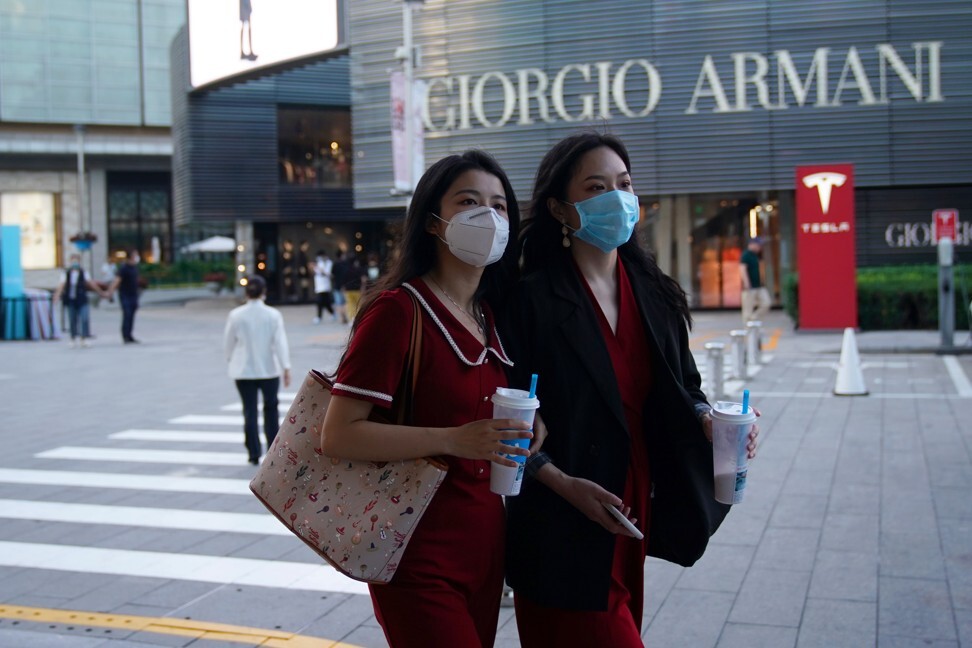
Home rules
With the repatriation of luxury spending within China’s borders and Chinese consumers becoming more used to shopping on home turf, what are the long-term prospects for luxury travel retail?
One cannot help but wonder if the allure of buying luxury goods in Europe or other tourist destinations has faded for Chinese consumers, or if they will resume their shopping sprees in Paris and London once travel returns to pre-pandemic levels.
“Currently the option of travelling outside China presents little appeal: the number of flights leaving China is restricted, and returning to China means a compulsory 14-day quarantine in a government-appointed hotel. It is safe to say that for the foreseeable future we will not see outbound travel picking up, certainly not until key destinations bring the pandemic firmly under control,” says Chloé Reuter, founding partner of luxury agency Gusto Luxe, and Gusto Collective.
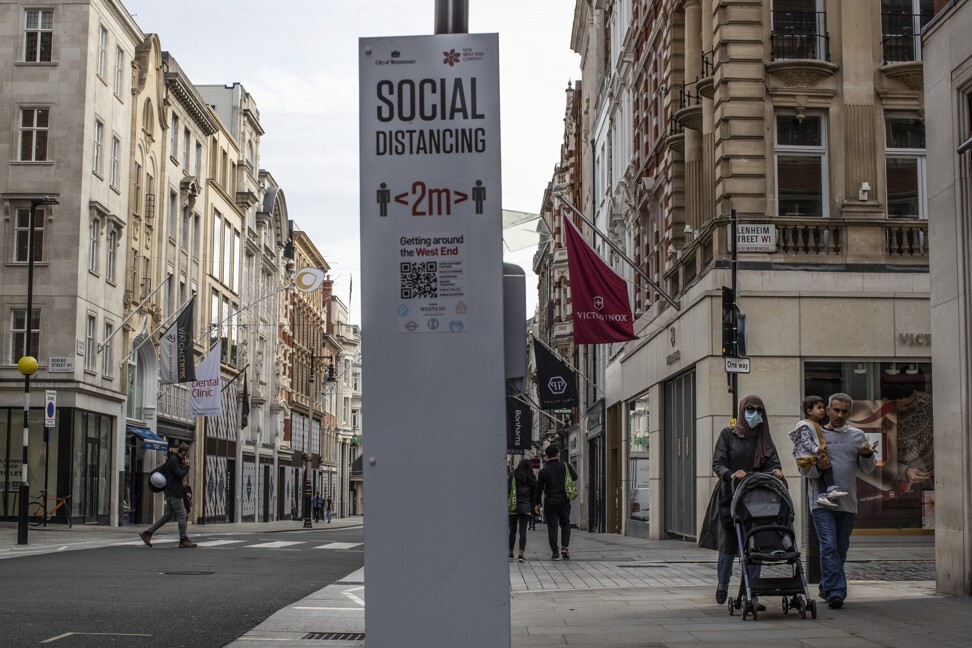
“However, I believe that when it is safe to travel overseas again, the Chinese travellers will be keen to do so. They will still be motivated to experience the authenticity of travel experiences and destinations, as well as purchasing luxury goods in those home markets.
“China’s affluent consumers will always want to travel and have exquisite, memorable experiences, which include purchasing luxury goods … It is only a matter of ‘when’ they can resume doing so.”

Green pastures
The pandemic has brought the importance of sustainability to the fore as consumers around the world have become more aware of issues such as the environmental impact of what they buy and the ethical credentials of brands they support. But is this the case in China, the world’s largest and fastest-growing luxury market?
This spring, as soon as businesses reopened after a strict lockdown following the outbreak, huge pent-up demand for luxury products triggered what has come to be known as “revenge shopping”, making one wonder if the Chinese have been as responsive to conscious consumption as people in other countries.
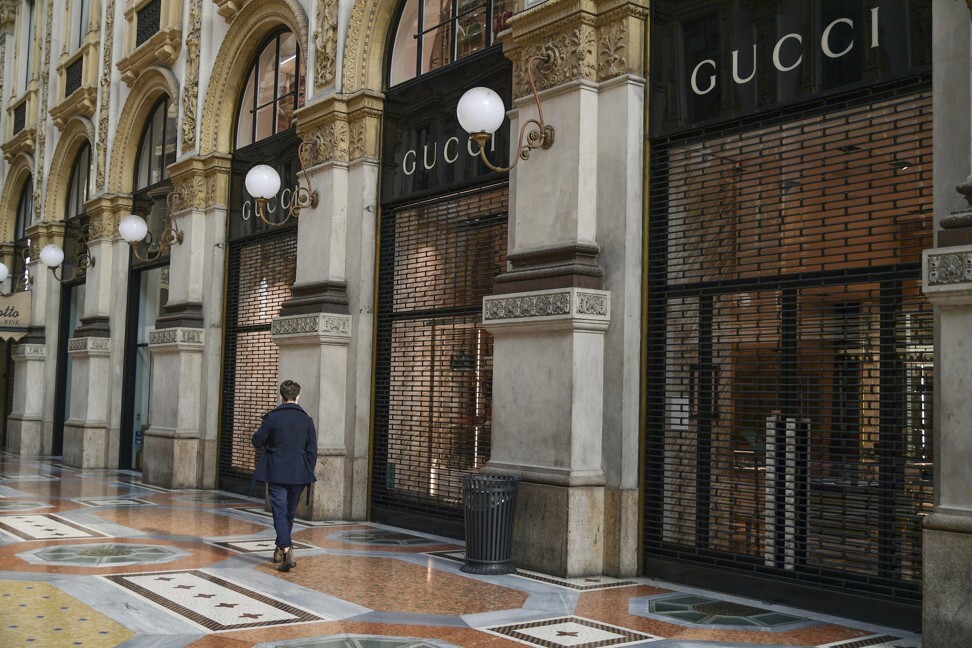
“I don’t think that Chinese consumers have spent more than pre-pandemic. They have resumed confidence and optimism but are still cautious. According to recent McKinsey research, consumers are seeking higher-quality products and more-premium brands. ‘Premiumisation’ continues during the crisis; ‘values’ are reconsidered and emphasised.”
She adds: “On the other hand, searches for health-related or sustainable products have increased, especially among young consumers. People [in China] are increasingly health- and safety-conscious, with their interest in health extending beyond food and into other product categories, even apparel.
“Discussion of sustainability has surfaced in all forums and media. And there is more swapping and [a rise in] second-hand purchases as new lifestyle trends.”
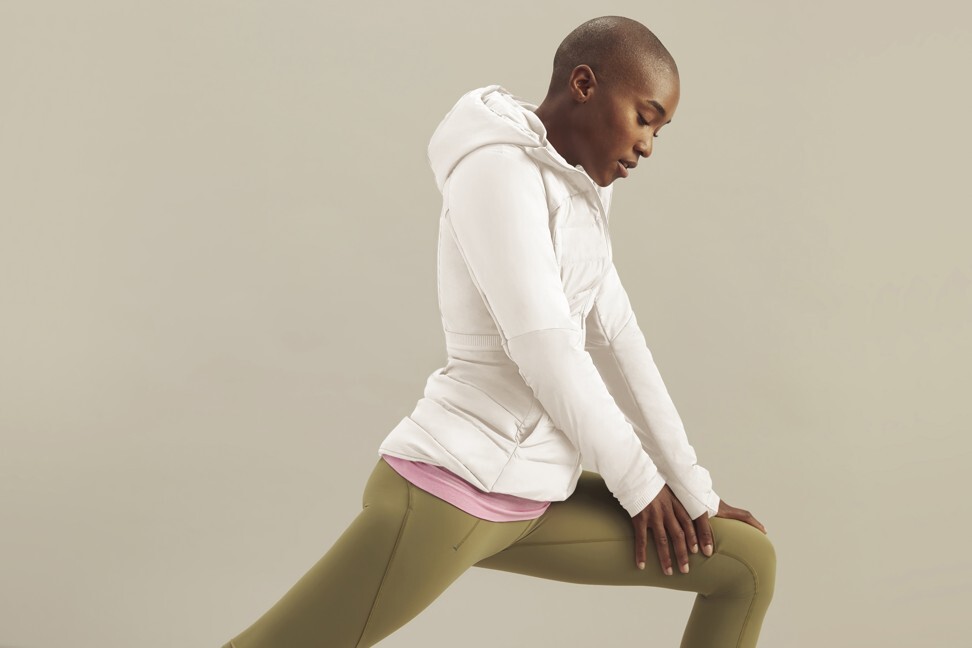
Sweats appeal
Will we ever want to go back to getting dressed for work on a Monday morning or dolled up for a night out on the town?
“We expect that in 2021-2022, occasionwear will rebound to some extent thanks to the pent-up demand and consumers’ desire to return to their usual lifestyles and habits,” says Irina Ivanilova, consultant at market researcher Euromonitor International.
“However, due to [the] long-standing economic downturn currently observed in the key developed Western European economies like Italy, France, Spain and UK (where real GDP is expected to shrink by more than 10 per cent in 2020), we expect that non-essential occasionwear will see a very slow recovery to pre-crisis consumption levels.”
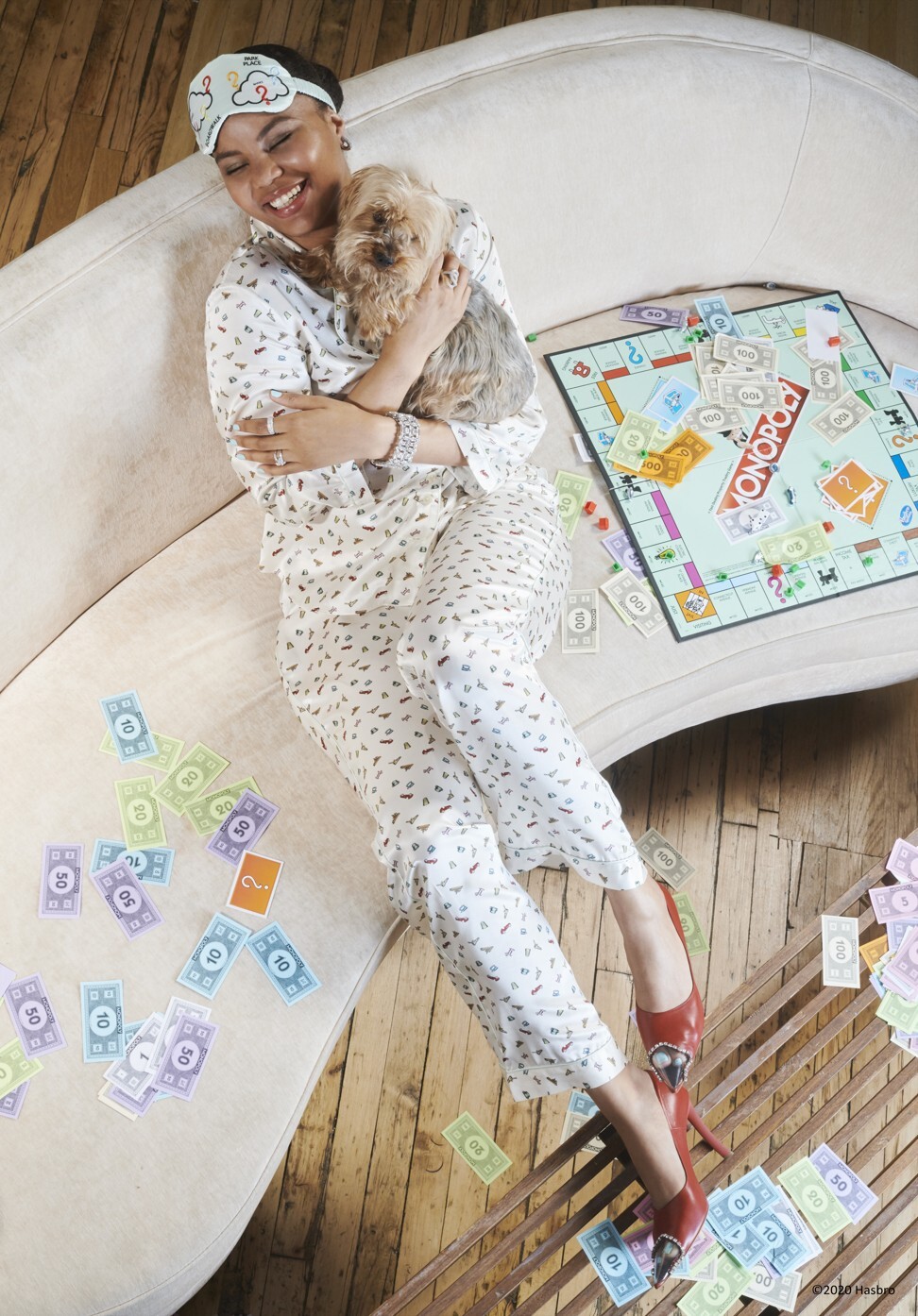
“Moreover, consumers’ reduced purchasing power and growing environmental concerns fuel the increasing popularity of alternatives to new clothes-shopping models like rental or second-hand.”
Since the pandemic hit many countries worldwide, growing home seclusion and gaining working-from-home popularity have made notable shifts in consumer dressing habits.
“The trend for comfort and leisurewear was accelerating even before the pandemic, but this year it received a notable boost, therefore seeing wider demand among trend-savvy luxury consumers,” says Ivanilova. “Longer time spent at home, as well as [the] growing popularity of home-fitness and yoga classes, stimulated wealthy consumers to stock up more [on] workout apparel and accessories.
“The pandemic has accelerated even more a growing trend for active and healthy lifestyles and thus, going forward, we expect to see more clothing brands entering the athleisure niche and giving a pivotal place in their assortments for wardrobe staples like hoodies, sweatpants or leggings, to attract wealthy and fashion-savvy millennials and Gen Zs.”
Ivanilova adds: “The pandemic is likely to make a permanent change in our lifestyles and working habits, and we can expect the high demand for loungewear and activewear to stay and remain in place over the longer run. This can be explained also by generational shifts in dress codes, which are increasingly becoming more comfort-oriented and casual, dictated by younger consumers who are favouring flexible working routines.”
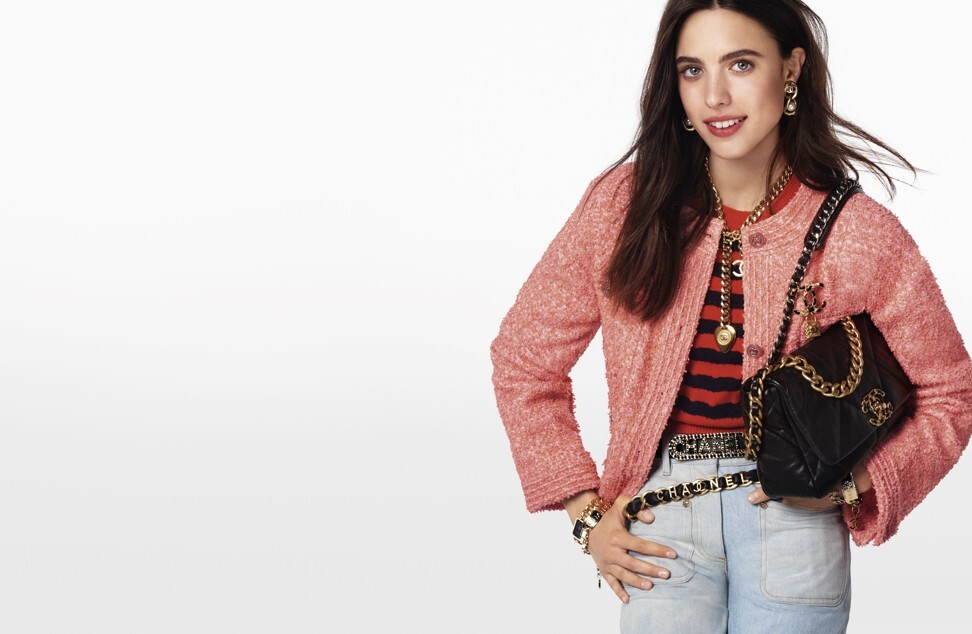
Battle royale
In recent years, however, LVMH-owned Dior has become a more formidable competitor to unassailable market leader Chanel, and 2020 was the year that the head-to-head race between the two labels got much closer.
Thanks to the commercial success of Dior items such as the Book Tote and the brand’s ability to generate buzz for both its women’s and men’s ranges, Dior has become one of the success stories of 2020.
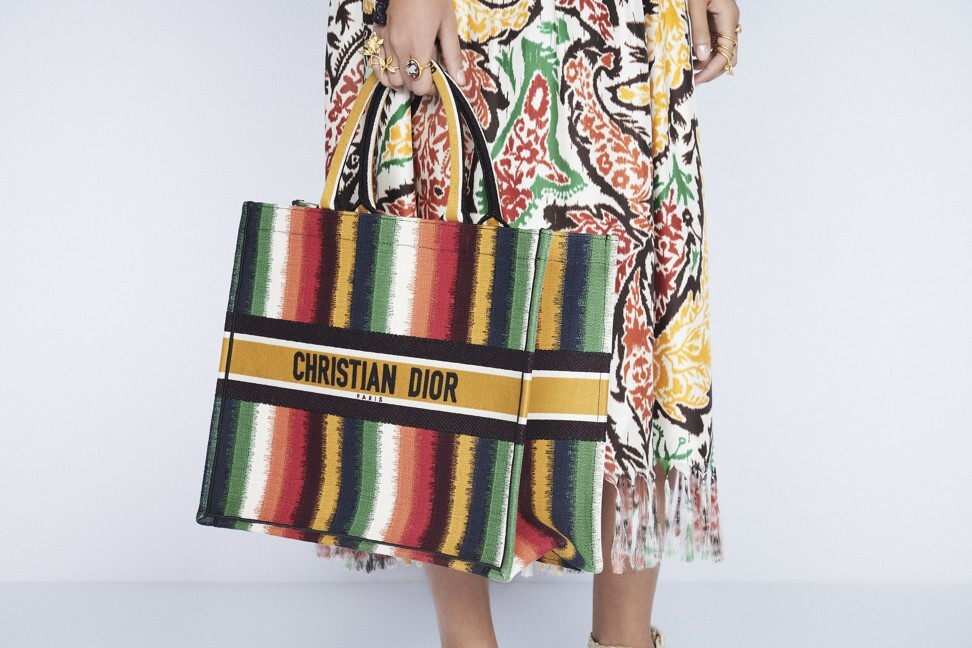
Chanel is also one of the very few luxury houses still refusing to sell its ready-to-wear and leather goods online, which many analysts believe will impact the brand in the long term, especially at a time when, as a result of the pandemic, online sales are becoming even more vital to fashion labels.
“[Dior CEO] Pietro Beccari and [women’s creative director] Maria Grazia Chiuri have done an incredible job at Dior, making it more relevant to today’s consumers,” says Luca Solca, senior research analyst, global luxury goods at equity broker Bernstein.
“Chiuri has been able to integrate higher energy into an elegant brand, adding to Dior’s appeal. Beccari, who had shown [himself] to be an effective CEO at Fendi already, is proving more than capable to move forward with a bigger business such as Dior.

“Besides,” Solca adds, “Sephora has been a great platform to enhance Dior’s competitive position in beauty, and overtake Chanel in some markets.

